Sometimes it feels as if greenhouse horticulture is all about tomatoes. After all, they are golden apples, and the demand rarely goes down significantly. Many things happen in the tomato space of horticulture, so 10 stories wouldn't certainly give justice to this just-passed tomato year. Regardless, innovations and feel-good stories are almost trademarks of tomato greenhouse production. Let's then have a look at 10 tomato articles from 2022.
Consuming environmentally sustainable food one beer at a time
The road to environmentally conscious consumption is paved with… beer. The Finnish company NAMS was founded with one clear vision, says NAMS CMO Teemu Kanasuo:" Producing environmentally friendly tomatoes with no compromise on the taste."
How does beer fit into this, though?" To be truly sustainable, we don't want to waste anything from our tomato production. So, we have been planning to manufacture processed tomato products such as soups, sauces, and so on. We are still in a trial phase about that. Yet, it has been more than one year and a half since our tomato beer has come out."
"There may well be a gap in the tomato supply"
How will the drastic cut in lit cultivation affect Dutch greenhouse vegetable supplies next summer? "I foresee quite a few challenges," responds Pieter de Ruiter. "With current gas prices, there's, understandably, minimal interest in using lights. Very few supermarkets will be willing to pay those steep prices."
Neither will supply from countries like Spain immediately fill these shortages, says the trader. "They'd, obviously, like to, but, for example, Almeria had a scorching hot summer this year. Just yesterday, I spoke to a grower there who'd planted a good acreage of bell peppers but is experiencing plenty of failures because of the heat."
A sophisticated Japanese tomato that is grown in Granada
The Amela tomato (which means "sweetness" in a Japanese dialect) is an authentic gourmet tomato that has a high level of sweetness thanks to its Brix degrees, smoothness, and slight acidity. It is one of the most sophisticated tomatoes in Japan, and its flavor is reminiscent of fresh fruit. Not surprisingly, its price ranges from around 18 euros/kg in origin to more than 30 euros in shops.
The Amela tomato has conquered the Japanese market from a corner of the Granada coast. Specifically from Carchuna, where the La Palma Cooperative is a benchmark in the production and export of vegetables.
Yield prediction in vine tomatoes: towards one robot for all tomato varieties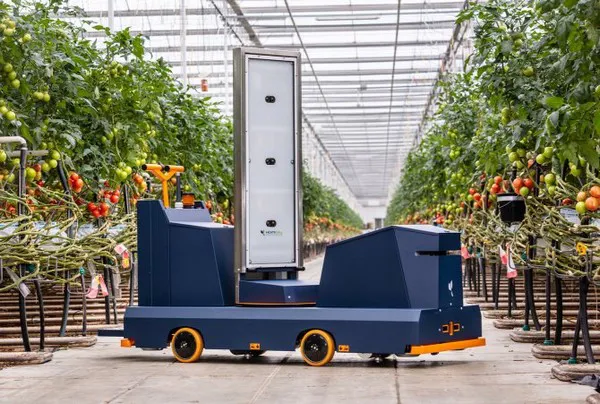
In the Dynamic Machine Learning (DML) project, which started in 2021, researchers are working on machine-learning techniques that can reuse previously acquired knowledge and transfer it to each new cultivar within a crop. One of the work packages aims to further develop an autonomous robot that can predict the yield capacity of a tomato greenhouse: the Plantalyzer. The goal is self-learning detection for all tomato varieties.
Shortage of certain tomato varieties expected this fall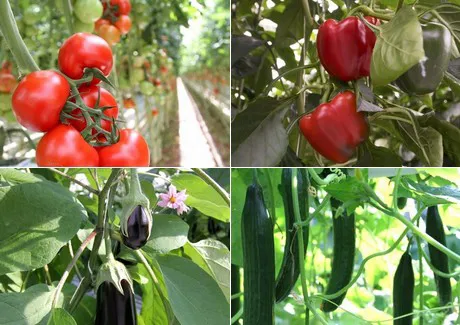
From a commercial perspective, most Belgian fruit-vegetables are doing quite well. "If it were a normal year, we wouldn't complain about how things are going for cucumbers, tomatoes, and bell peppers," says BelOrta's Maarten Verhaegen. "Tomato prices, for example, are reasonable for the time of year. But, given the increased production costs, grower margins are under such pressure, and things remain very challenging for them."
Purple greenhouse-grown tomato Yoom launches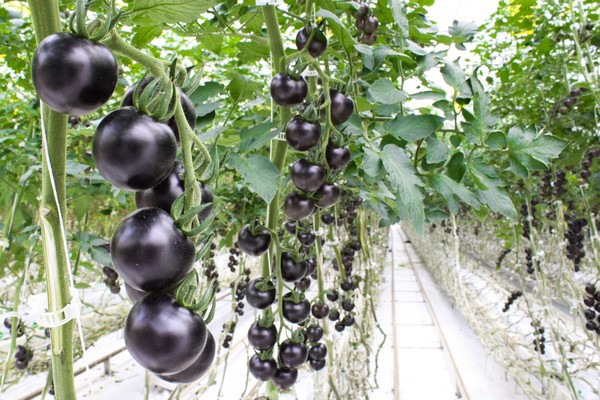
Nature Fresh Farms has launched Yoom®, a two-bite, deep purple tomato that is full of flavor and ideal for tomato enthusiasts. The variety was launched at IFPA's Global Produce & Floral Show in Orlando two weeks ago. "With an intensity and range of flavor from savory to fresh and a hint of plum-like sweetness, the Yoom is the flavor experience that can enhance any meal or be enjoyed on its own," says Matt Quiring, Senior Vice President, Sales and Marketing at Nature Fresh Farms.
The variety is grown in Mexico and available year-round at retailers across North America. "It is the perfect complement to our existing Tomato offerings," explains Quiring. "Its full and complex flavor, matched with its small size, crisp texture, and juicy interior, provide a well-rounded tomato that will appeal to many consumers."
"There's so much demand that we decided to do some winter production"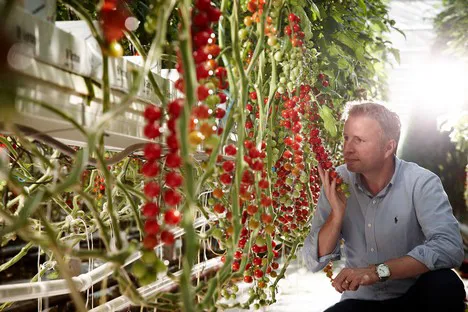 © Alfred Pedersen & Søn
© Alfred Pedersen & Søn
Alfred Pedersen & Søn, one of Denmark's largest tomato greenhouse growers, is starting up winter production again. "We have so much demand from our customers who want our produce in the stores that we decided to do some winter production," says Mads Pedersen, CEO of Alfred Pedersen & Søn.
"Our greenhouses are at altitude, which greatly helps with sunlight and nighttime temperatures"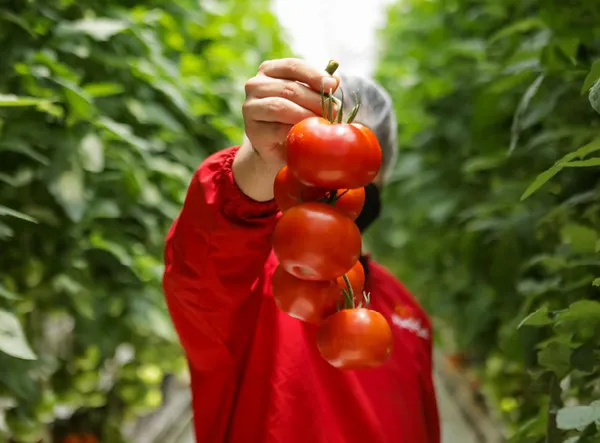
Some might think that the job of a grower is to solely grow food. Yet, the impact that such commercial farms can have goes beyond the mere financial side. Oftentimes, they are part of the local community and can potentially have a positively disruptive role. This has been Mexico-based Magic Sun Farms' goal since the company's inception. "We are very much aware of our social responsibility and are fully committed to that," says Alejandro Santander, co-founder and VP of sales and operation of Magic Sun Farms. "For instance, we have set up a university and offer scholarships to selected kids of our employees to get engineering and horticulture degrees. The fact that I am proud the most about this is not only that we are teaching the next generation of growers, but also and especially that many of these kids are the first in their family to go to the university."
VBT's tomato revenues rose in 2021 despite volume decline 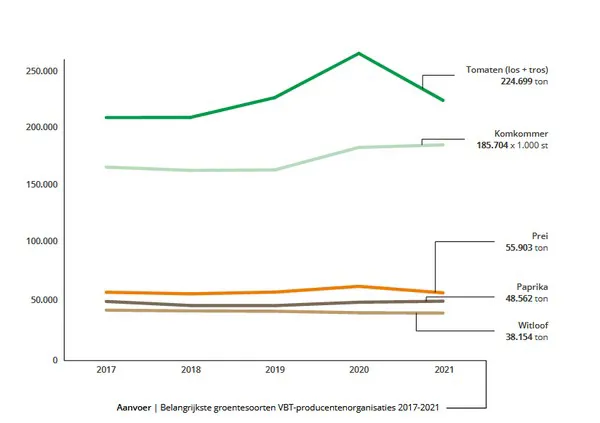
The Belgian Horticultural Cooperatives Federation (VBT) members had a good tomato year in 2021. There was 17 million kilos less supply of loose tomatoes and 23 million kilos less of TOV compared to 2022. Yet, those products still achieved a turnover increase of 12 and 13%, respectively. That is what the VBT's 2021 annual figures show.
"There was a wide range of goods, in a flexible tomato market' 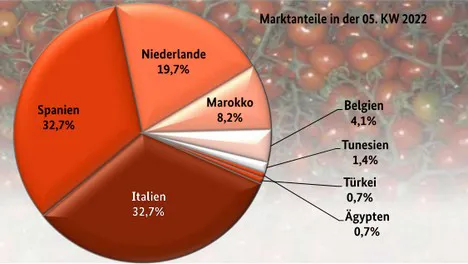
In an eventful market, a wide range of goods was again available; Spain, Morocco, Italy, and Türkiye set the tone. Dutch and Belgian greenhouse goods supplemented the ranges.
